Story Of Hajr-e-Aswad Or The Black Stone In Kaaba, Makkah
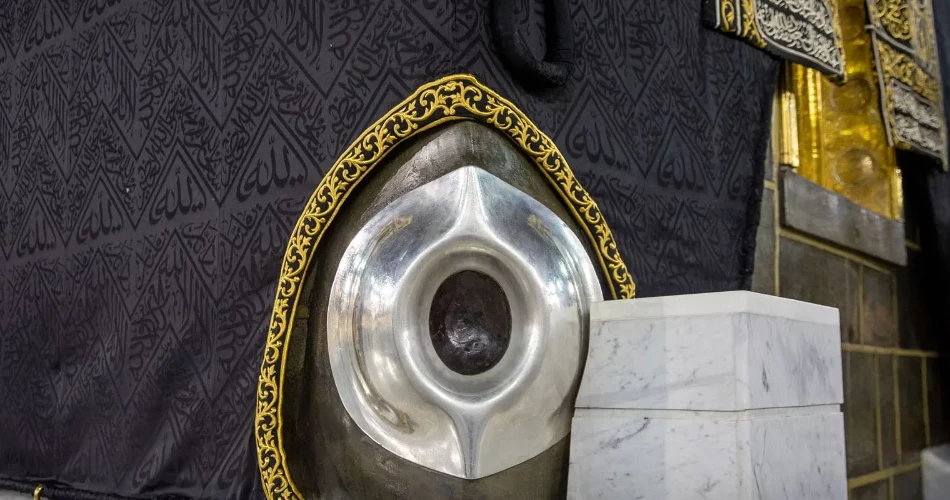
When thinking about Makkah, the Kaaba, the holy haven where millions of Muslims from all around the globe come to visit, comes to mind. But even in its ancient symbolism and sacredness lies something smaller yet better known to mankind by a variety of names — the Hajr-e-Aswad, or Black Stone. For centuries, this sacred stone has garnered awe, devotion, wonder, and prayers from pilgrims. Hajr-e-Aswad is embedded on one of the corners of the Kaaba and encompasses many tales spanning the boundary from paradise to the earth, from its famous descent from paradise to the various rituals and practices that surround it today. Dive into this blog as we unfold the story of the remarkable history of the Black Stone in Islam and why it continues to be one of the most beloved and cherished symbols of faith on the planet.
What is Hajr-e-Aswad?
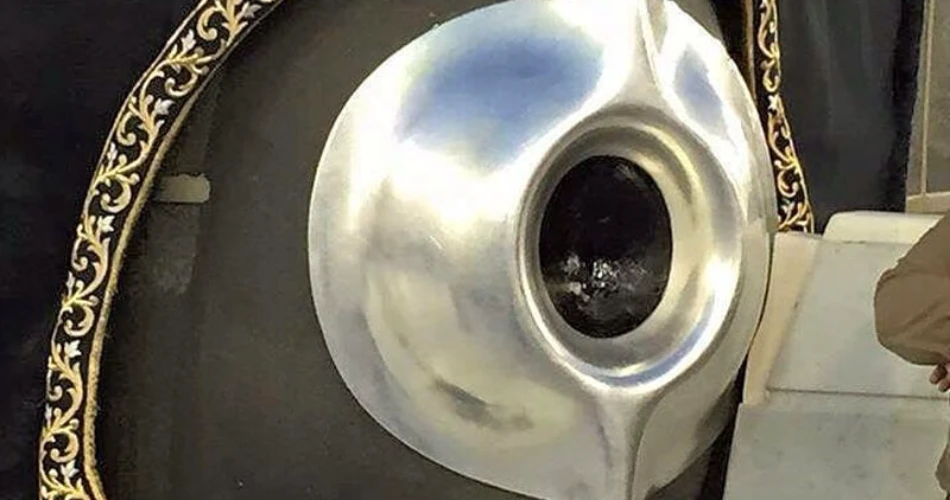
The Hajr-e-Aswad is a stone fixed into the eastern corner of the Holy Kaaba. It is encased in a silver frame, and today consists of several smaller fragments—commonly believed to be seven or eight—bound together within it. When Muslims perform the Tawaf of the Kaaba during Hajj or Umrah, they face toward the Hajr-e-Aswad, often trying to kiss or touch it. For centuries, countless Prophets (peace be upon them) and millions of believers have circled the Kaaba, honoring this Holy Stone with reverence.
Origin Of the Black Stone
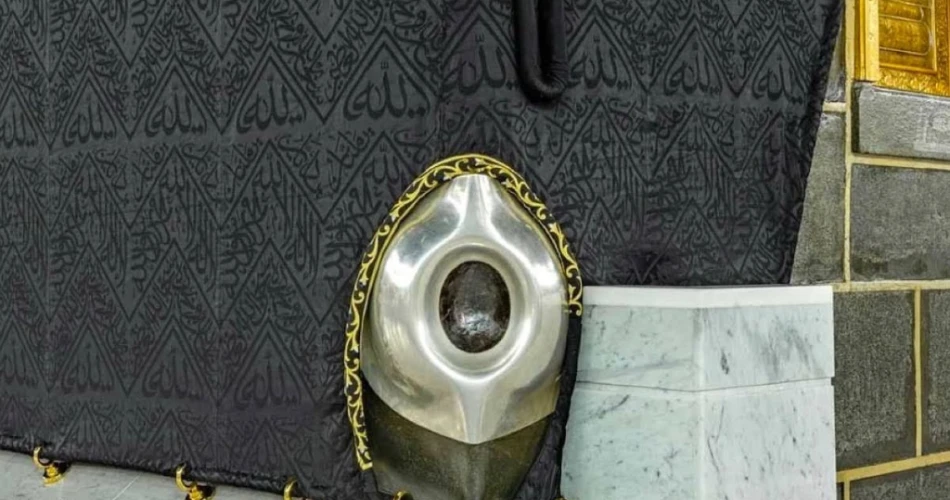
Islamic tradition, as conveyed through the words of the Prophet Muhammad (PBUH), tells us that the Hajr-e-Aswad was a heavenly gift presented to Prophet Ibrahim (AS) by the angel Jibreel (AS). This highlights its nature as a stone from Paradise. The Black Stone was given to Prophet Ibrahim (AS) to be placed in one corner of the Kaaba during its construction, making it a sacred part of this holy sanctuary for worship. Together with his son, Prophet Ismail (AS), Prophet Ibrahim (AS) rebuilt the Kaaba and installed the Black Stone as a key element of the structure, signifying its divine origin and importance.
What is Hajr-e-Aswad Made Up Of?
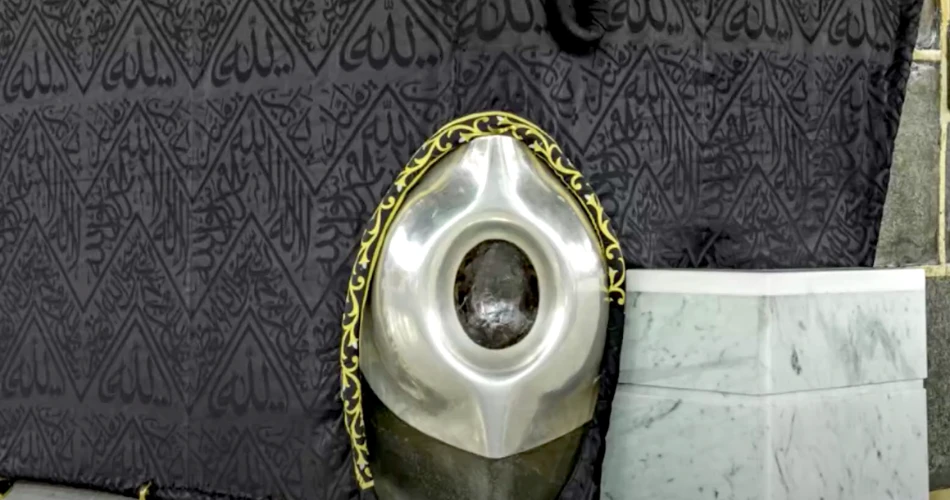
The Hajr-e-Aswad used to be one single stone, but due to historic events, it has been broken into eight pieces. These heavenly pieces are now securely held in a casing made from silver that protects and keeps the stones together. The original casing was commissioned by Abdullah bin Zubair and continued to be re-cased by the subsequent Caliphs and rulers over the centuries. Today, the Hajr-e-Aswad is measured to be approximately 7.9 inches (20 cm) by 6.3 inches (16 cm), but this has varied over the years due to repairs and restoration.
Black Stone History
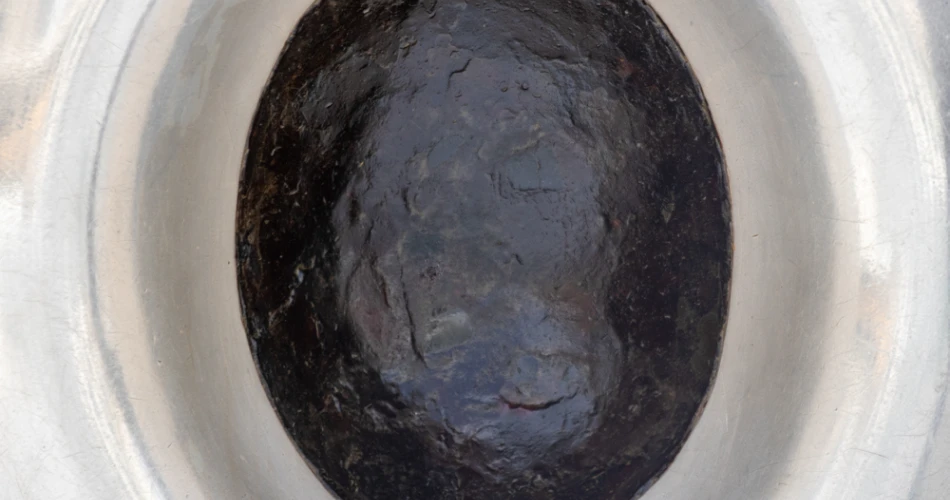
The history of the Black Stone in Islam dates back to the distant past. The Holy Kaaba was situated in the low valley of Bakkah (an ancient name for Makkah) and was frequently damaged either by floods or due to heavy rains. Once the Kaaba needed rebuilding, every Quraish clan constructed a section of the Kaaba, but they clashed when it came to choosing who would put the sacred Black Stone. They agreed that whoever arrived first in Masjid al-Haram the next morning could choose for the group. Muhammad (PBUH) was chosen by divine will. When he arrived, He, with wisdom, decided to place the stone on his cloak and asked the chiefs to lift it together, and he placed it himself. The instance provides an example and lessons of unity and justice.
The Importance of the Black Stone in Islam
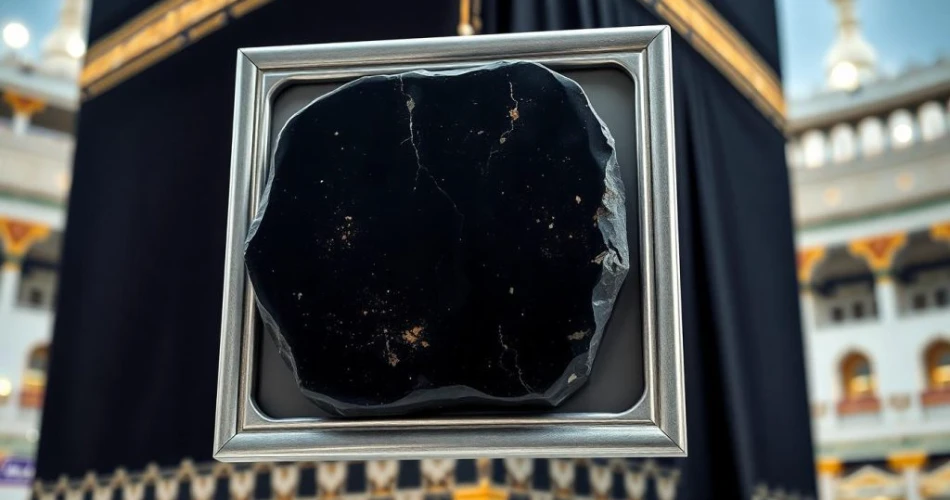
Hajr-e-Aswad is not just any stone; it is believed to be a heavenly stone that has come down from Paradise on Earth, and many hadiths of Prophet Muhammad (PBUH) talk about its holiness. One hadith says that on the Day of Judgement, the Black Stone in the Kaaba will be a witness using its eyes and tongue on behalf of any believer who kissed it. Another hadith describes Hajr-e-Aswad and Maqam Ibrahim as gems of Heaven. When they were sent to the Earth, their light was hidden by Allah from mankind. Muslims believe that kissing and touching this stone are acts of devotion as well as an opportunity for seeking forgiveness for sins.
The Color Of The Black Stone
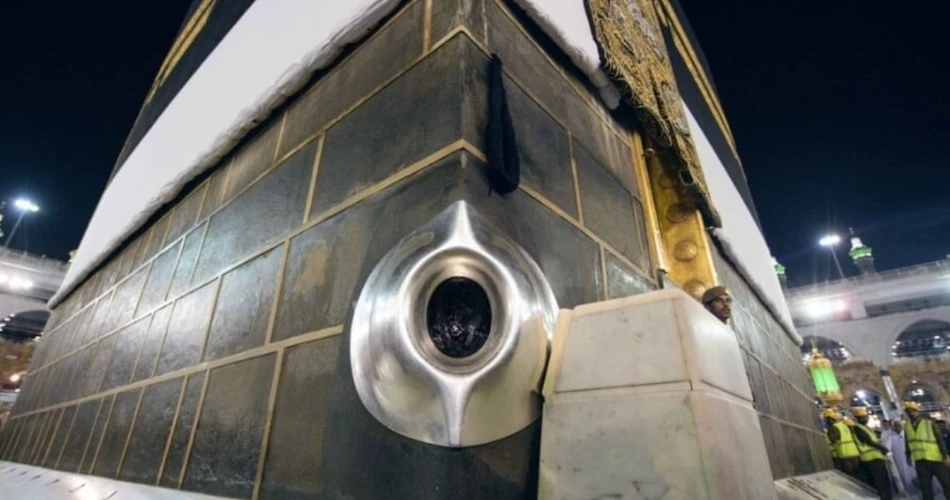
According to Islamic tradition, the Hajr-e-Aswad was originally a milky white stone, but, as Prophet Muhammad (PBUH) illustrated to people, the unintentional sin of humanity covered the rock over time and left it black-spotted — thus it is called the Black Stone. Tirmidhi narrated, "When the Black Stone came down from Paradise, it was whiter than milk, but the sins of the sons of Adam turned it black.”
The Black Stone Was Stolen Before
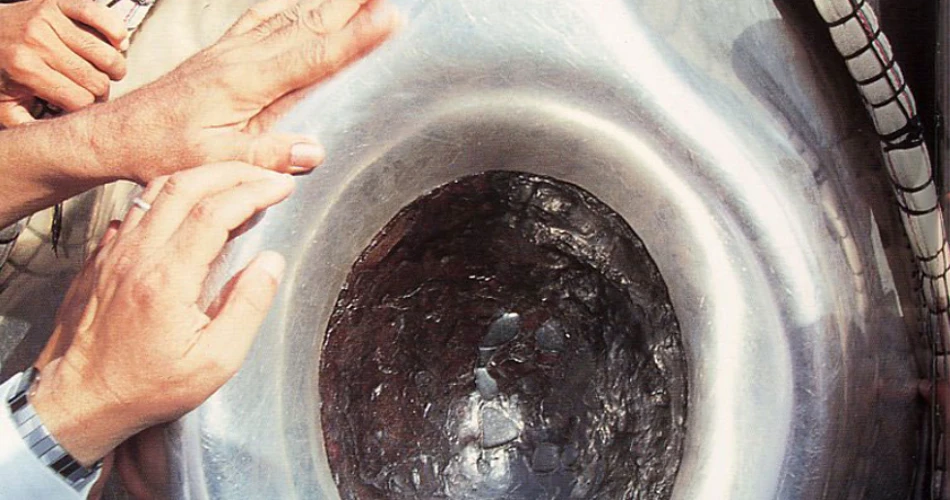
Over time, the Hajr-e-Aswad has experienced damage and violation. In 683 CE, it was broken during the siege of Makkah amidst the conflict between Abdullah ibn al-Zubair (RA) and the Umayyad Caliphate. Abdullah ibn al-Zubair subsequently commissioned the Black Stone to be wrapped in a silver frame for protection. In 930 CE, members of the Qarmatian sect, an extremist branch of Isma'ili Shia, stole the stone from the Kaaba and took it to Bahrain with the intention of disrupting the Hajj pilgrimage. The stone remained in Bahrain for about 23 years and was only returned after a ransom was paid. When it was returned in 952 CE, the stone was in fragments, as it remains today. Abu Tahir al-Qarmati, the leader responsible for the theft, died a painful death involving a debilitating illness, which many Muslims have historically viewed as divine punishment.
Guidelines for Kissing or Touching the Hajr-e-Aswad

By kissing the stone, the Prophet Muhammad (PBUH) set a Sunnah for Muslims. If pilgrimage is complete and pilgrims do kiss it or touch it, this should be a demonstration of their devotion and should never be idolatry. While approaching the Black Stone, pilgrims should avoid pushing or hurting anyone, especially while performing Hajj. The Black Stone may be very crowded, and if that is the case, a pilgrim may point towards it, which is perfectly valid as kissing and pointing were both performed by the Prophet.
Looking to stay near Masjid al-Haram? Explore our top hotel picks and book your ideal stay just moments from the holy mosque.








